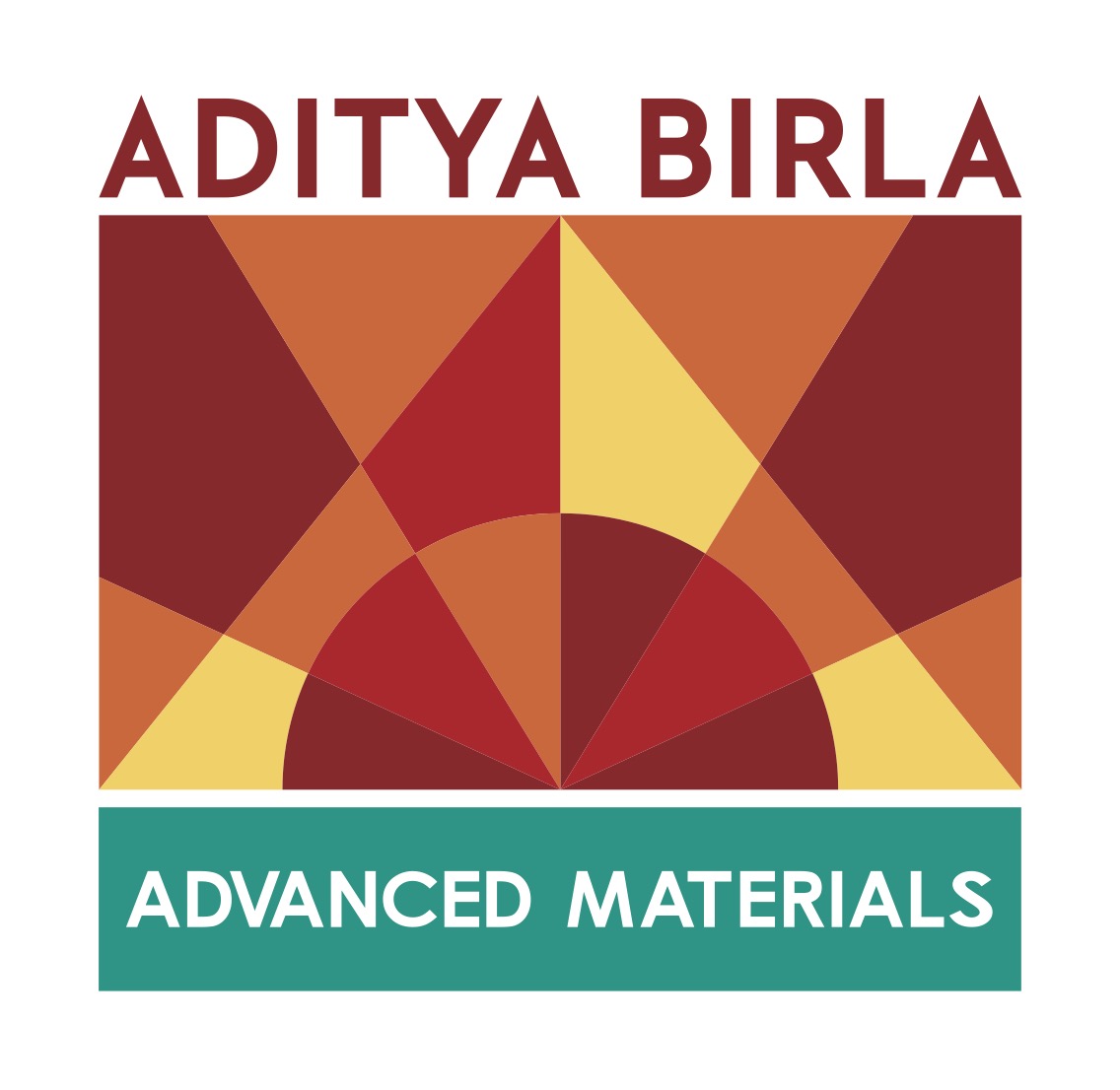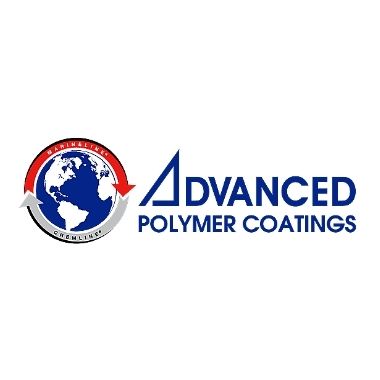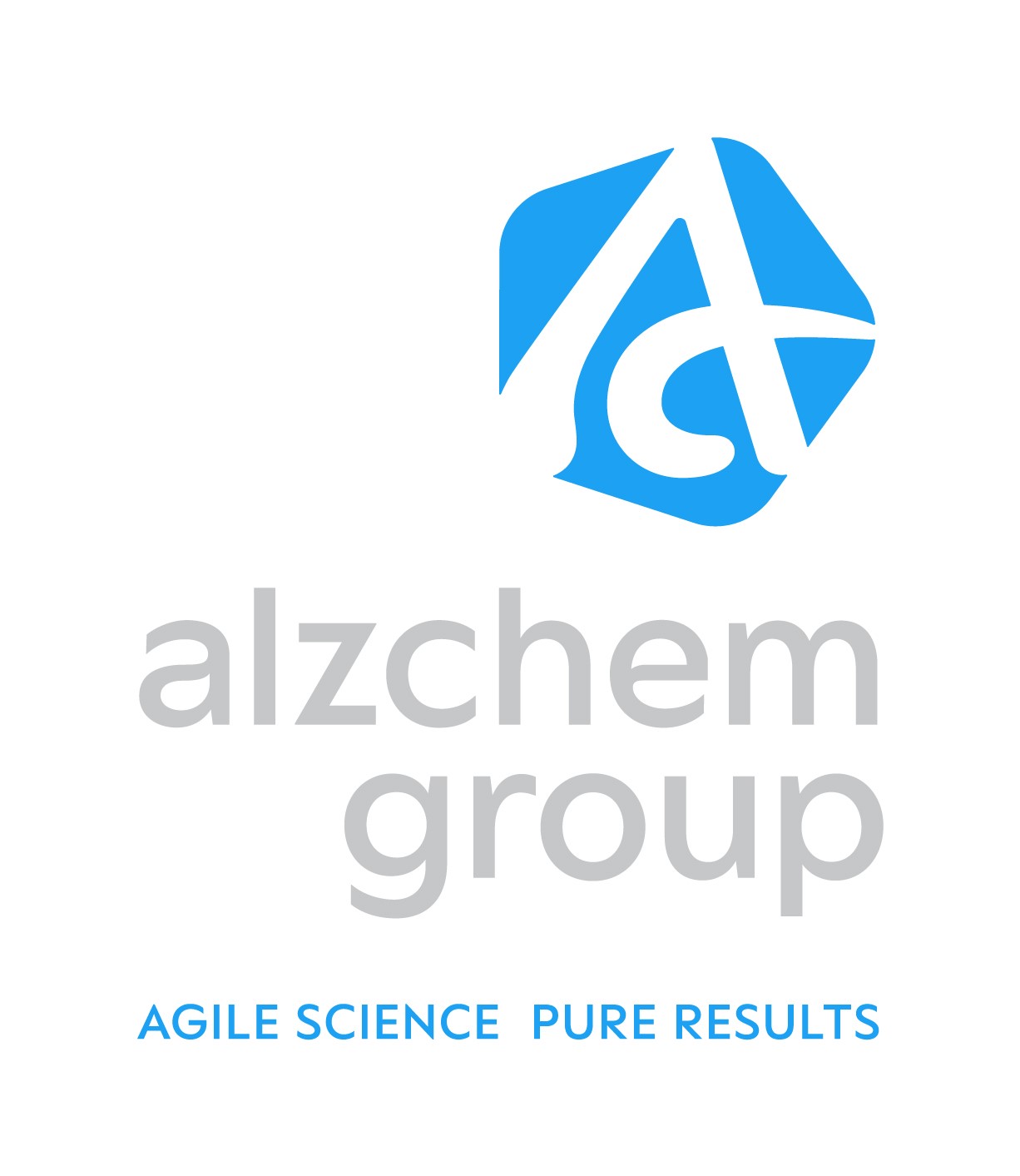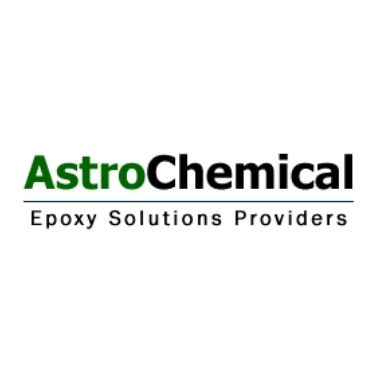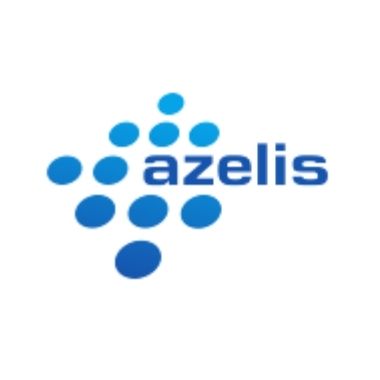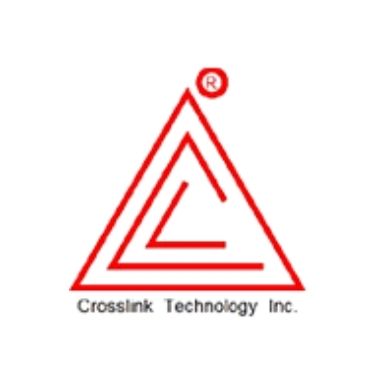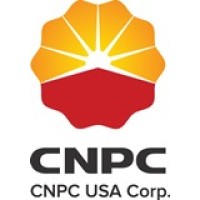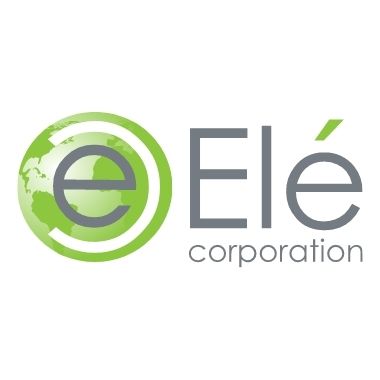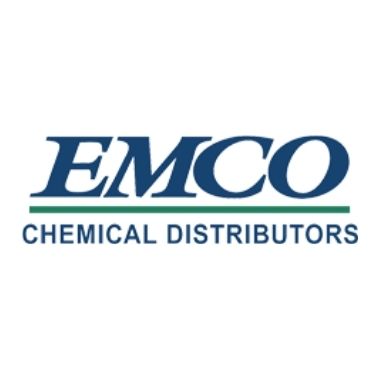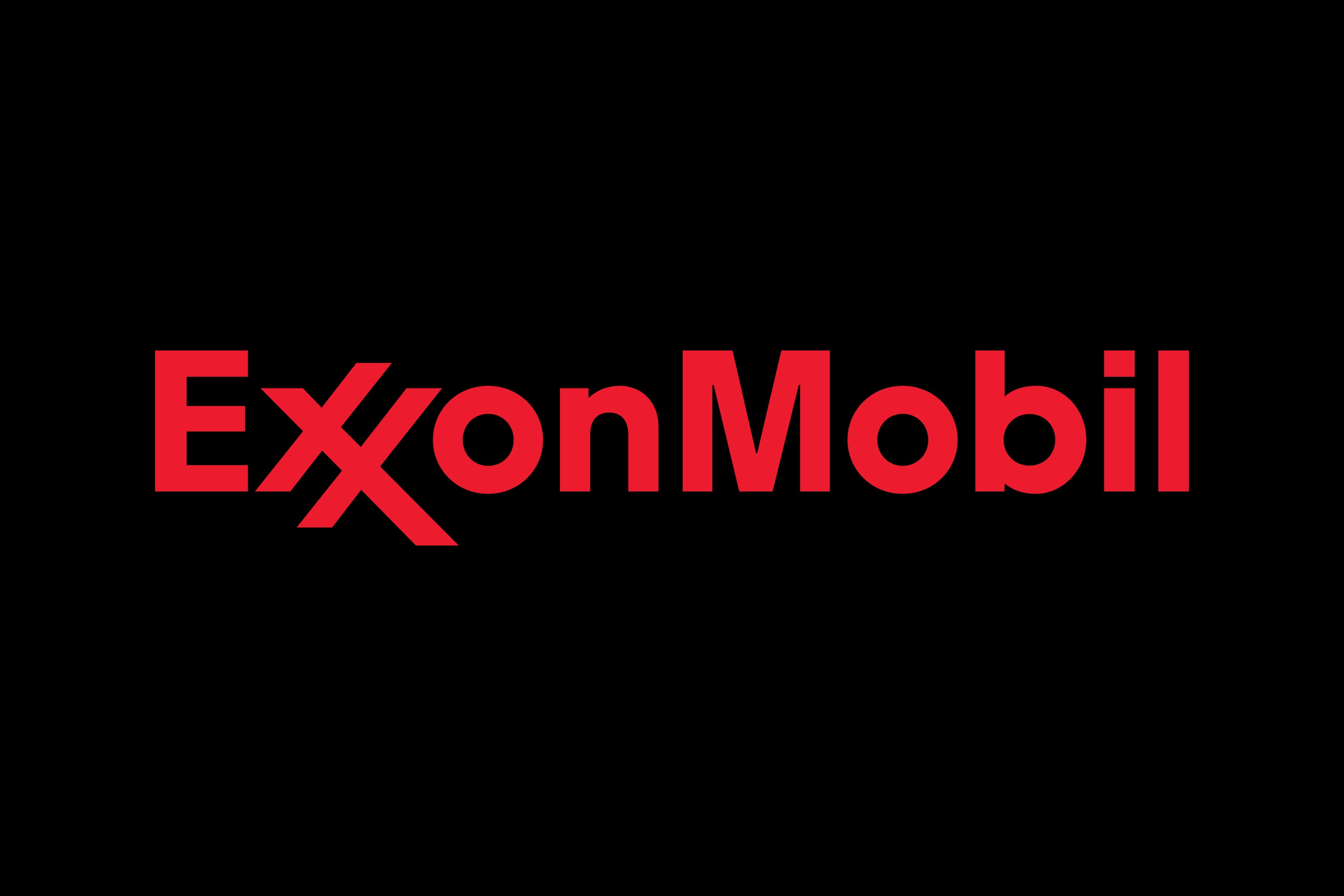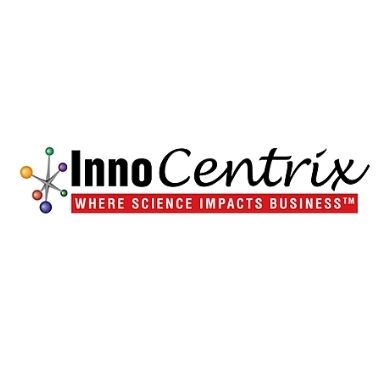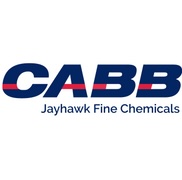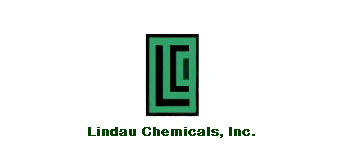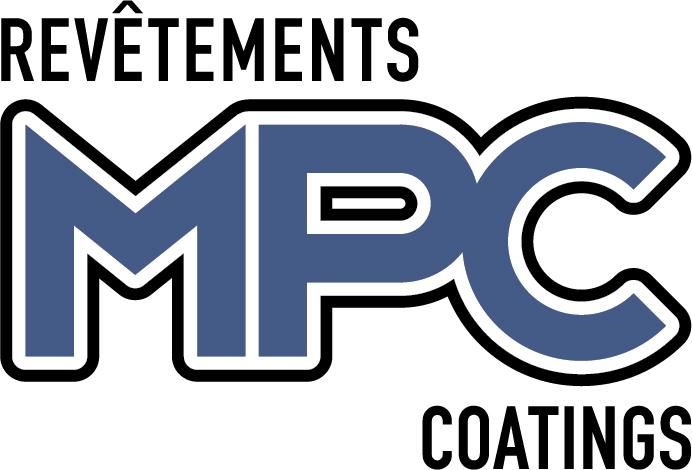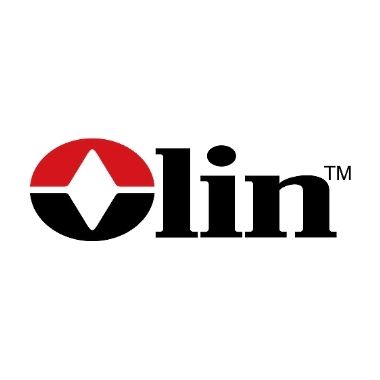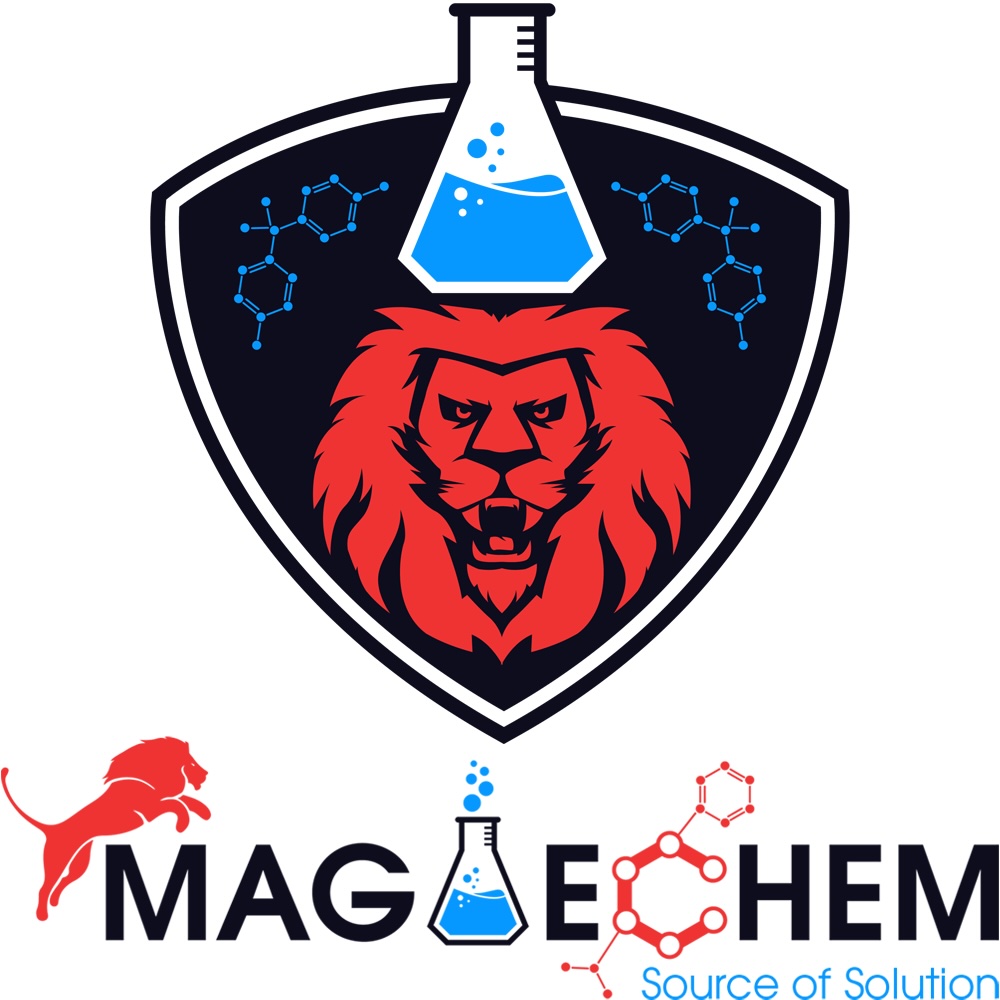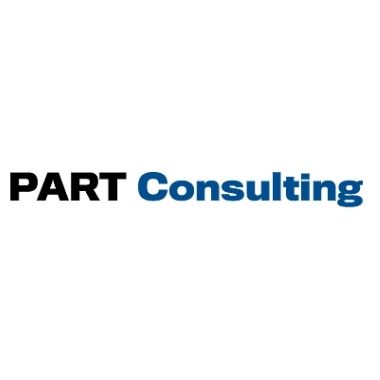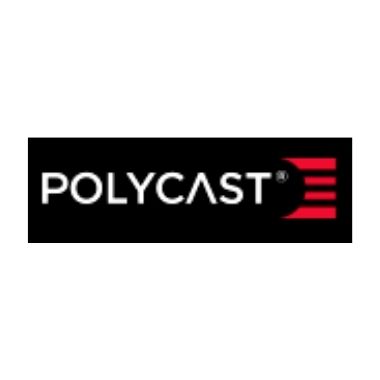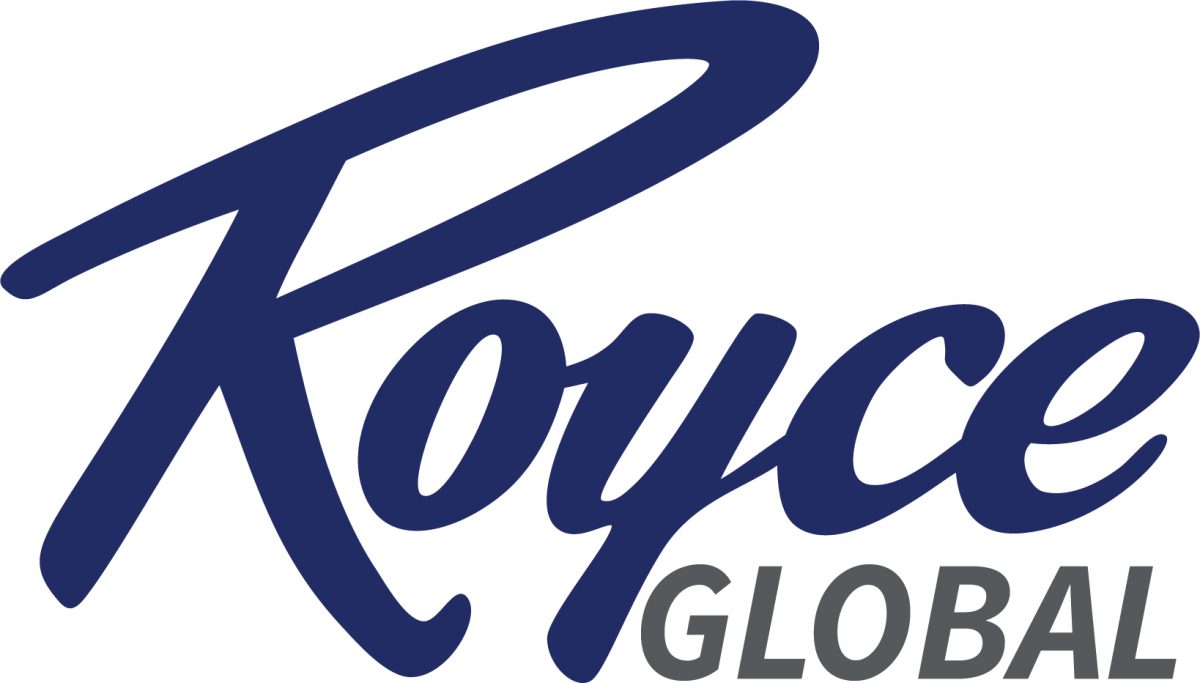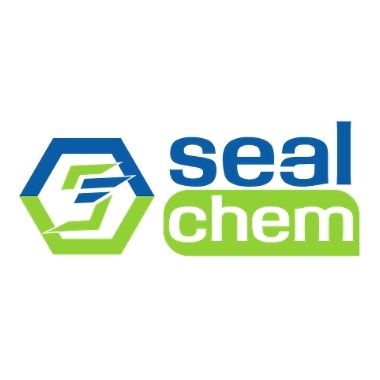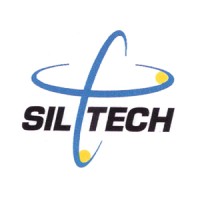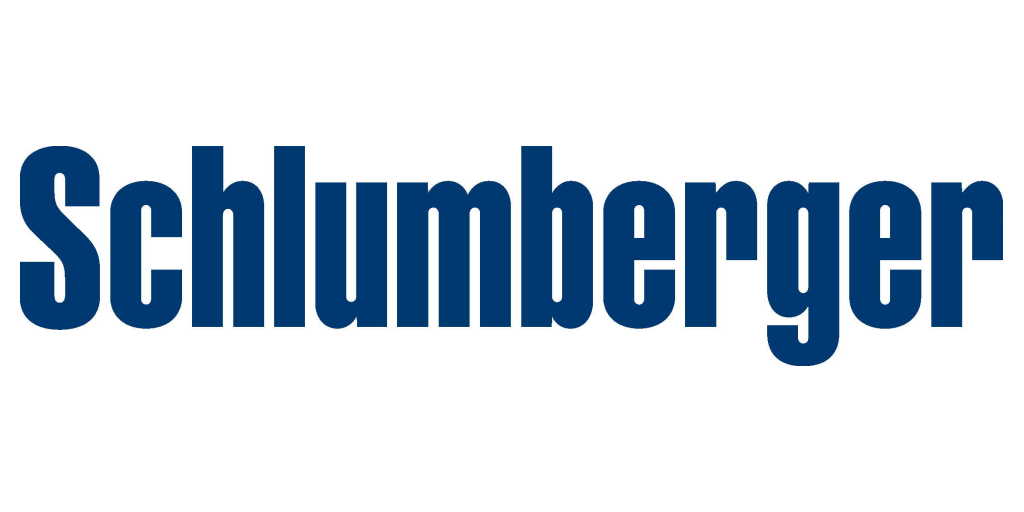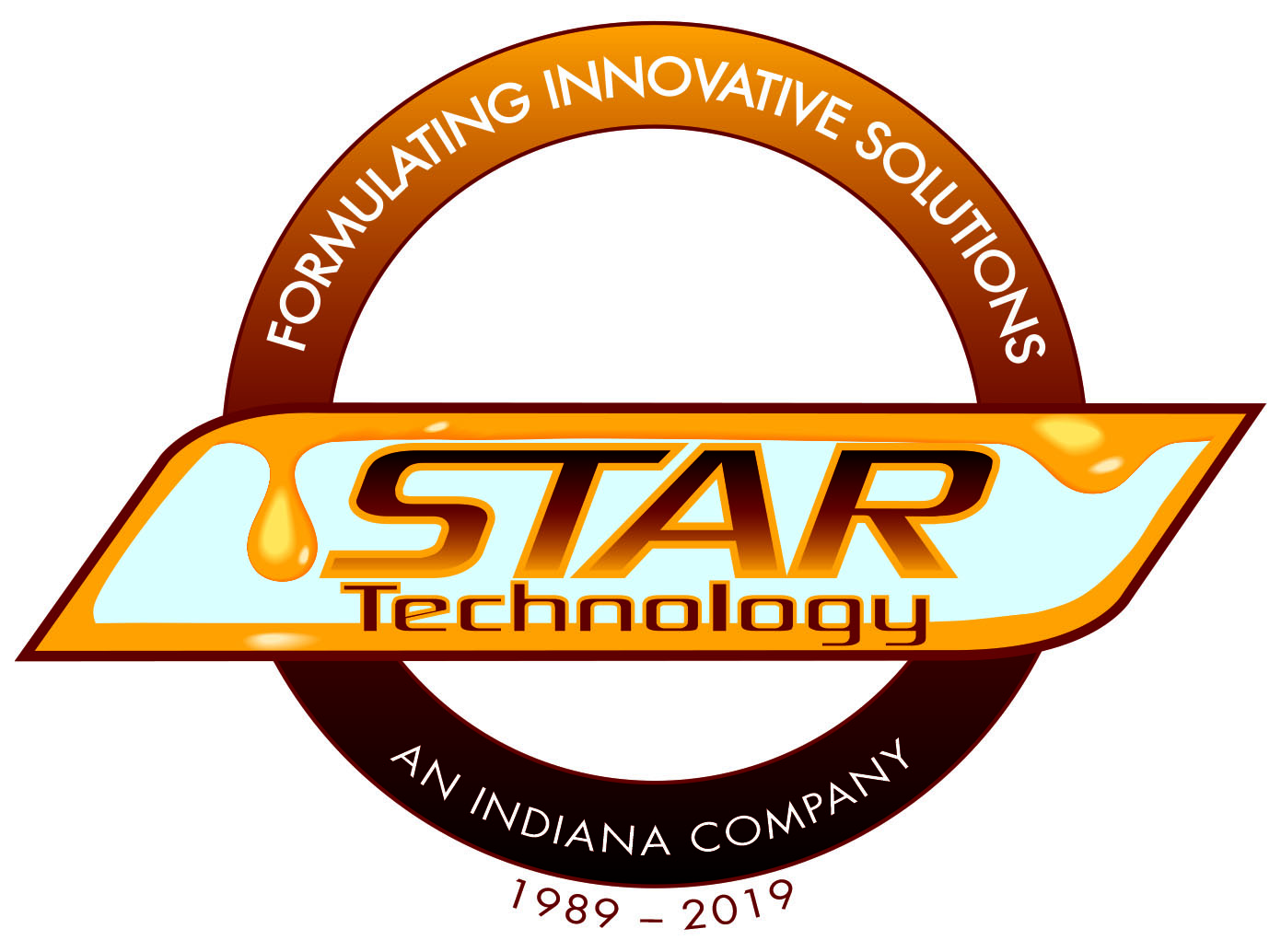2004 Technical papers
Papers are listed in alphabetical order by presenter:
Epoxy Resin Infusion Systems for Large Scale Composites
Jeff Bassman, Jeffco Products
This paper will track the development of epoxy resin systems used in the manufacture of very large composite structures. The focus of this discussion will be on resin infusion (or VARTM) epoxy systems used in the production of wind turbine rotors. The entire manufacturing process will be covered, including photographs of the tools, molding and bonding operations, and finally, the completed wind rotor blades.
Selecting the Appropriate Performance Additives
Darrel A. Bryant, Material Apps
Obtaining desired performance properties in thermoset formulations often depends on manufacturing equipment and process conditions. This is especially true when you consider the large and ever-growing variety of raw materials available to the industry. Therefore, it becomes especially critical to properly select the most appropriate raw material to fit the current processing capabilities. Here, we will discuss how the proper selection of additives, particularly fillers, rheological control agents, and reinforcing agents can lead to their optimum dispersibility and enhanced performance, as well as formulation cost reductions in such processes.
Post-curing Effects on VARTM FRP Composite Material Properties
Jason J. Cain, Virginia Tech
The effects of the degree of post-cure on the material properties of E-glass/Vinyl ester composites manufactured by the VARTM process are studied in detail. Changes in the material properties with time are monitored over several months. The degree of conversion is assessed with FTIR measurements, and advancement of the Tg due to room-temperature cure is also monitored over this time period. Results suggest that matrix-dominated characteristics such as fatigue life, shear strength, and creep compliance are significantly affected by the degree of post-cure. Comparisons between a resin commonly used in VARTM applications by the US Navy and a high-Tg resin currently used primarily in wet-lay-up applications are presented.
Thermoset Research at UMass Lowell
Dr. Rudolph D. Deanin, University of Massachusetts Lowell
This paper is a review of exploratory research on epoxy/urethane copolymers; polyurethane flame-retardance, rigid plastics, and reinforced foam; and thermoset recycling in general.
Bonding of Epoxy Encapsulants to Thermoplastic Substrates
Robert Kultzow and Jurgen Kuhnert, Huntsman Advanced Materials
Epoxy-based systems are the material of choice for encapsulating a wide variety of electronic and electrical components because of their well-known outstanding mechanical and electrical properties as well as excellent thermal endurance and chemical resistance. In many such applications, the components are potted in thin-walled housings and typically injection molded from a variety of mineral-filled thermoplastic materials. It is critical in such applications that the adhesive bond between the epoxy and thermoplastic remains intact throughout the life of the part, primarily to preclude catastrophic electrical failures but also to maintain mechanical integrity and to provide a seal from possible sources of contamination. This paper explores the basic factors necessary for proper adhesion in such applications. A pull-out adhesion test is described that provides an excellent model for evaluating epoxy-based adhesive bonding that takes into account specific design and process conditions salient to most electronic and electrical encapsulating applications.
Global Epoxy Market Dynamics
Christophe Marche, The Dow Chemical Company
The paper will begin with an introduction to the Dow Chemical Company's corporate structure and its Epoxy Products and Intermediates Business. A quick review of the Allylics industry and related Epoxy Market will be done. This will cover Supply/Demand balances, end-use industries, and general dynamics. A special focus will be put on current challenges that the Epoxy Resin industry is having in terms of epoxy resin demand growth, raw materials availability and cost pressure, and overall margin erosion. The paper will conclude with an outlook for 2005.
Vortex Mixer
Payam Towfigh, State Mix
Vortex mixer is designed to mix difficult to blend materials over a range of viscosities. Materials including polyurethane resins, epoxy systems, and powdered additives are thoroughly mixed effectively and quickly. The centrifugal force created by spinning the material on two opposite axis simultaneously produces a high shear blending effect, thus mixing the materials inside the pail.
Compared to conventional hand mixing methods such as drills, or impeller-type mixers, the Vortex mixer will give you an effective mix in a fraction of the time without introducing any bubbles into the mixed material.
New Water Based Epoxy Technology for Green Concrete Applications
Willy Raymond, Stosh Ramatowski & Dilip Shah, Air Products & Chemicals
High alkalinity and water found in freshly placed concrete/cement make it a difficult substrate for traditional epoxy coatings/primers. Typically, the concrete/cement is allowed to cure for 28 days and then treated (e.g. shot blasted, acid washed, etc.) before being coated with an epoxy primer.
A novel water-based curing agent has been developed that allows application over freshly placed concrete/cement in as little as 8 hours. The curing agent emulsion is prepared with liquid epoxy resin and is further diluted with water. The mixed system exhibits excellent penetration into the concrete and is stable at the high alkalinity level. Applied at 40% solids, the system passes ASTM C309 for use as a concrete curing compound. At lowered solids levels, the system retains its adhesion values. General handling and application of the systems will be discussed. Properties will be examined.
Productivity on Purpose: A marriage of chemistry and machinery keeps inline skate wheel production in the United States
Walt Smith, ITWC Inc.
ITWC, Inc. shares how high-speed part handling on automated machinery and high reactivity chemistry makes 900 skate wheels per hour with two employees. The resulting product has excellent abrasion resistance and dynamic strength without post-cure! Walt Smith will show how blending PPG with the PTMEG reduces cost (and quality) and will share some of the process conditions that optimize the characteristics of the product. Included in this paper are video clips of the machinery in action and of the testing dynamometer and abrasion life tester.
Utilizing a Design of Experiments Approach to Nonskid Coating Formulation
Charlie Tricou, Applied Research Lab, Penn State University.
Flight deck nonskid coatings on aircraft carriers and large-deck multipurpose amphibious assault ships must withstand extreme service conditions, including impact, abrasion, frequent cleaning, and prolonged exposure to organic fuels and lubricants. In the development of a long-life nonskid flight deck coating, the formulator of a high-performance coating must seek to optimize all of these physical properties to achieve improved functionality and durability. The project goal is to double the effective life of current nonskid coatings through an appropriate blending of resin, two amine-based curing agents, three varieties of strength modifiers, two adhesion promoters, and an aluminum oxide filling agent. In all, nine (9) components are included in an experimental design approach that allows the researchers to understand the effect that each constituent has (if any) on each of the physical properties of the final resin system. The efficiency of the approach is such that the formulation design space can be adequately evaluated using 46 unique blends.
Adhesives and Potting Compounds for High Service Temperature in Automotive Electronics Applications
Liz Walker, Emerson & Cuming
One of the biggest challenges for automotive electronics is long-term reliability in increasingly harsh environments. Sensors and multifunctional modules are now located closer to the point of measurement, for example under the hood and on the engine, equating to higher operating temperatures, exposure to wide temperature cycles, common automotive fluids, and vibration. Consequently, potting compounds and adhesives, needed in the assembly of automotive electronic devices, are required to withstand the same severe environments.
This paper describes some newly developed epoxy adhesives and potting compounds which have been designed to perform in high-temperature applications by optimization of the resin and hardener matrix. Data is presented on an epoxy adhesive which retains its adhesive strength on PPS engineering plastic when stored at 180°C continuously for 10 weeks. Lap shear strength at room temperature and 180°C was measured. In addition, epoxy/cyanate ester technology in respect to its high-temperature performance, and reduction of thermal-shock-induced micro-cracking by addition of toughening agents, were explored.
Properties & Effects of Chemically Modified Bis A Epoxy Resin for Cure Acceleration
Charles Zarnitz, CVC Specialty Chemicals
Formulators of epoxy resins are often asked to provide systems that will react and cure at temperatures well below ambient. Such systems are required for the application of coatings, flooring, and adhesives outdoors, in cooler temperature environments, or in unheated areas for civil engineering and a myriad of other applications.
Newly available resin technology based on a chemically modified Bisphenol A epoxy has been shown to provide improvements in ambient and low-temperature applications. The use of this resin with standard ambient temperature curing agents shows very desirable effects. Comparison with other methods providing a low-temperature cure indicates advantageous effects on curing characteristics and cured properties in epoxy formulations used for coating, adhesive, and civil engineering applications.
|



